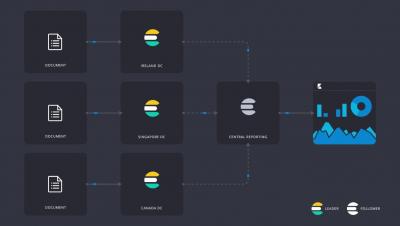Using Ruby on AWS Lambda
When Ruby support on AWS Lambda was announced yesterday, I was so excited about it that I had to try it right away. We've been using Lambda for a while at Honeybadger, and I have longed to be able to write our functions in Ruby. Having played with the new Ruby support for a few hours, I'm feeling confident we'll be spending less time with Node, Go, and Python. :)








